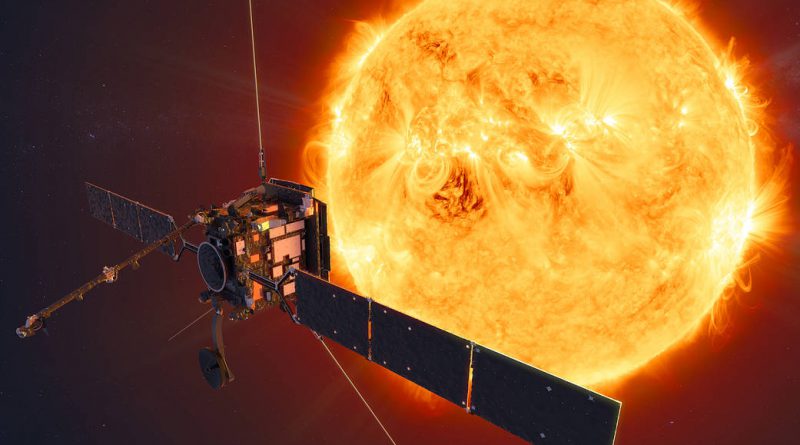India’s Next Mission Aditya-L1: Exploring the Sun’s Mysteries
Aditya-L1 spacecraft is poised to become India’s first-ever solar observatory, with an intricate objective that holds significant promise for understanding the sun’s dynamics and its far-reaching influence on Earth
India’s space exploration journey continues to captivate the world as the Indian Space Research Organisation (ISRO) gears up for its next ambitious mission, the Aditya-L1. Following the triumph of the Chandrayaan-3 moon landing, India is now setting its sights on the sun, aiming to unveil some of the star’s most closely guarded secrets.
Named after the Hindi word for the sun, “Aditya”, this groundbreaking mission marks India’s entry into space-based solar research. The Aditya-L1 spacecraft is poised to become India’s first-ever solar observatory, with an intricate objective that holds significant promise for understanding the sun’s dynamics and its far-reaching influence on Earth.
The Mission and Its Goals
At its core, the Aditya-L1 mission aims to study solar winds – a continuous flow of charged particles ejected from the sun’s outer atmosphere, known as the corona. These solar winds have a profound impact on our planet, capable of causing disturbances in Earth’s magnetic field and giving rise to the mesmerizing auroras. By comprehending the mechanisms behind these solar winds, scientists hope to gain valuable insights into space weather phenomena and their potential effects on our technological infrastructure.
Moreover, the data collected during the mission could offer crucial information about the sun’s role in shaping Earth’s climate patterns. As our planet grapples with climate change, understanding the sun’s influence on Earth’s climate becomes an ever more pertinent piece of the puzzle.
The Solar Wind Discoveries
Recent discoveries, such as those made by the European Space Agency/NASA Solar Orbiter spacecraft, have added to the intrigue surrounding solar winds. The Solar Orbiter detected intermittent jets of charged particles emerging from the sun’s corona. These findings could contribute to unraveling the enigma of solar wind origins and behavior.
The Journey and Technical Innovations
The Aditya-L1 spacecraft is scheduled to embark on its journey aboard India’s PSLV heavy-duty launch vehicle, a testament to India’s prowess in launching and managing space missions. Over the course of approximately four months, the spacecraft will traverse a staggering distance of 1.5 million kilometers to reach its destination near the sun. This ambitious journey will lead the spacecraft to specific points in space called Lagrange Points, where gravitational forces create a delicate equilibrium, minimizing the need for extensive fuel consumption. These points are named after the Italian-French mathematician Joseph-Louis Lagrange.
Financial and Industry Implications
In 2019, the Indian government allocated around $46 million for the Aditya-L1 mission. While the Indian Space Research Organisation has not provided an official update on costs, this budget underscores India’s commitment to achieving remarkable feats in space exploration while maintaining cost-effectiveness. ISRO’s reputation for cost-competitive space engineering has positioned India as a rising star in the global space industry, fostering a thriving ecosystem of innovation and collaboration.
Building on Success: Chandrayaan-3 and Beyond
The Aditya-L1 mission follows the triumph of the Chandrayaan-3 mission, which succeeded in landing a spacecraft on the lunar south pole. With a budget of approximately $75 million, Chandrayaan-3 underscored India’s capabilities in executing complex space missions and gathering valuable scientific data from celestial bodies.
As the Aditya-L1 mission prepares for its imminent launch in the first week of September, the world eagerly anticipates the insights it will unveil about the sun’s intricacies. From the study of solar winds to its potential impact on Earth’s climate, Aditya-L1 holds the promise of expanding humanity’s understanding of the universe while further solidifying India’s position on the global space exploration stage.


